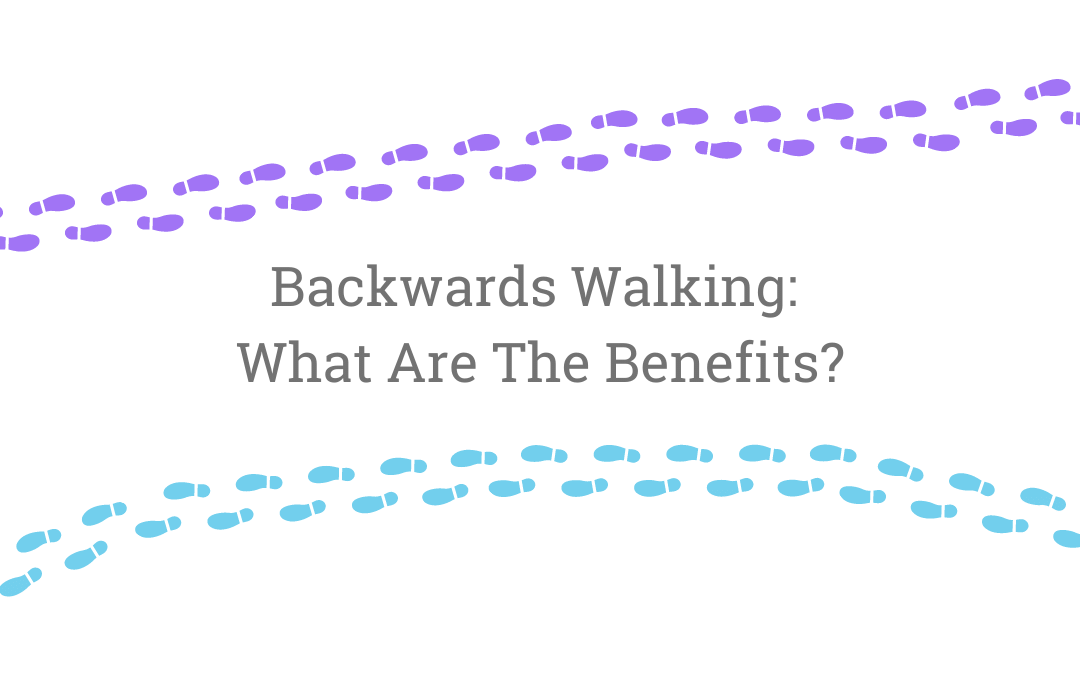Walking backwards? It may not be the norm, but there is definite benefit in going backwards – at least when you are walking!
We’ve all heard “Keep moving forward” and “Just put one foot in front of the other“
Today, we are going to propose that your kiddos (and you) go ahead and put one foot behind the other! Trexo will offer the ability to walk backwards!
Aside from the convenience factor of being able to back out of a room or space, there are many other benefits. Before we delve into the benefits, let me share a word of caution: always make sure there is nothing in the path behind before starting to walk backwards. I only say that because I am clumsy myself so I am very cognizant of being as careful as possible! 🙂
I had never considered walking backwards or the benefits of it, I have to say, I am surprised and going to (carefully) try it myself!
In no particular order, here are the benefits:
- According to the Journal of Physical Therapy Science, backwards walking improves balance and gait
- Posture tends to be better when you walk backwards, since most people lean forward to some degree when walking forward
- Backwards walking helps lengthen the hip flexor muscles, which can decrease tightness
- You reach back with your toe and roll to your heel when you walk backwards. This allows you to work the shin muscles instead of the calf muscle, which gets worked in forward walking
- Backward walking has been shown to burn more calories than forward walking
- Walking backwards requires more thought and helps increase focus and thinking
- Backwards walking can change your pelvic alignment, which opens joints and could help ease back pain
A case study titled, “Effectiveness of backward walking training on walking ability in children with hemiplegic cerebral palsy: a randomized controlled trial” found results that stated “There was a significant improvement in step length, walking velocity, cadence, stance phase, and swing phase percentage and gross motor function measures. In addition to a conventional physical therapy program, backward walking training is more effective than forward walking training on spatiotemporal gait parameters, and gross motor function measures in children with cerebral palsy.”
Marc, Trexo’s Customer Success Manager, shared:
“There is a lot of evidence mounting that children can use their proprioception while walking backward to help them learn to walk forward. There is a book called The Boy Who Could Run But Not Walk : Understanding Neuroplasticity in the Child’s Brain that explains how they taught a little boy how to walk backwards and it in turn helped him develop the required pieces to the motor planning to walk forward”
Take a look at a kiddo walking backwards in the Trexo:


Recent Comments